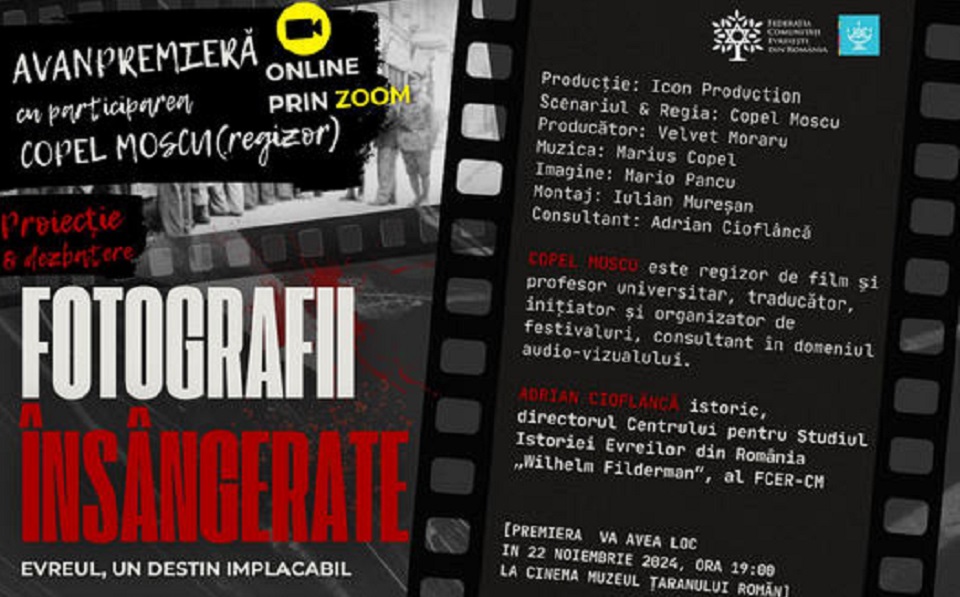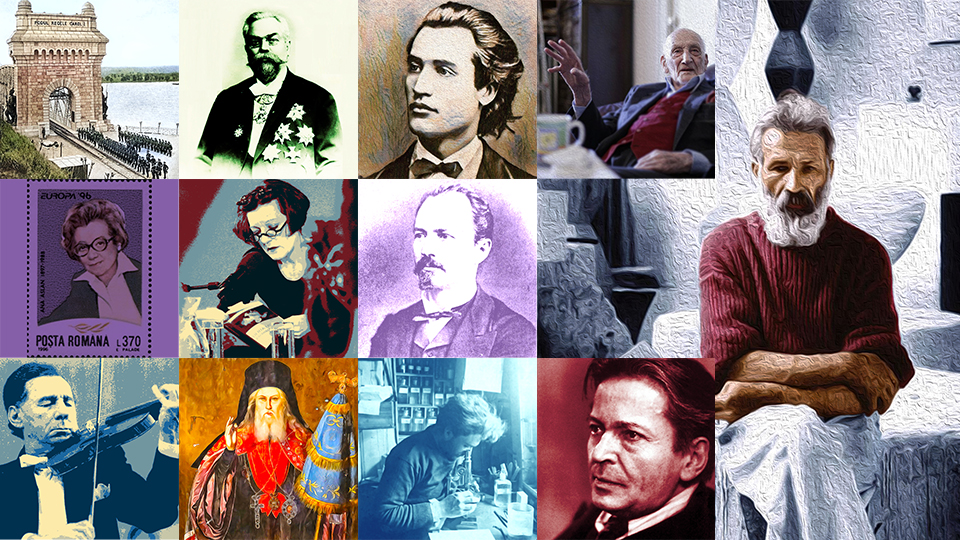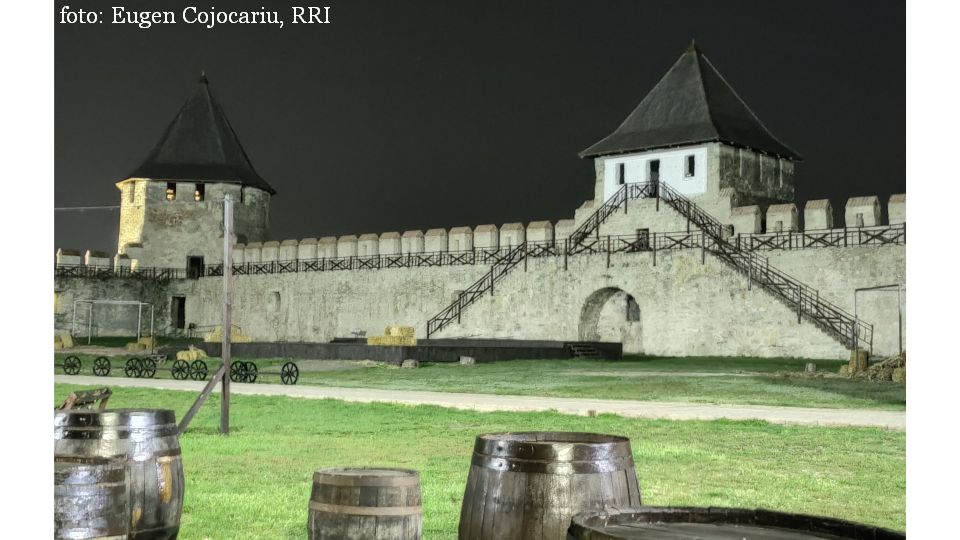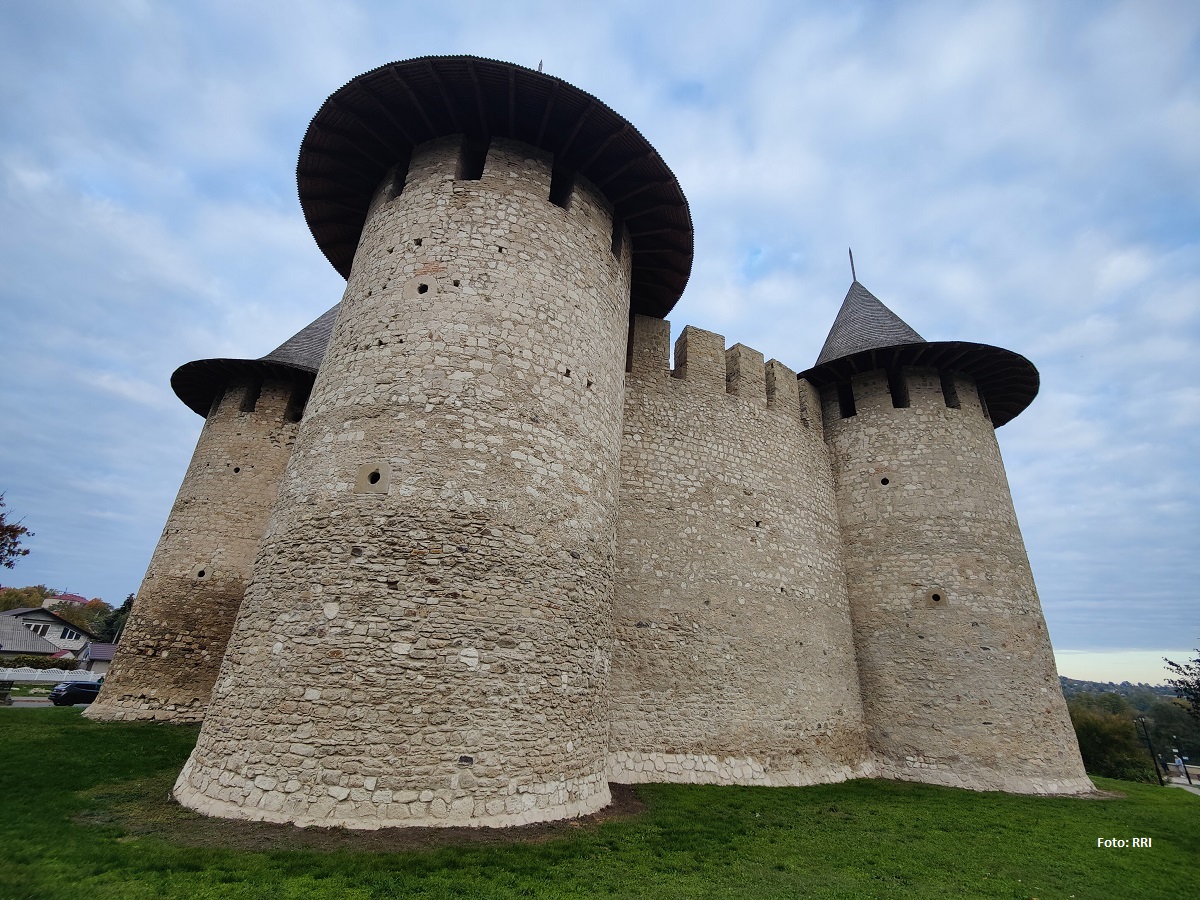The “Convorbiri literare” (Literary Conversations) Review
The year 2017 is marked by two important celebrations that make us think of the past, when modern Romanian culture was in its early days and still seeking to forge an identity of its own.
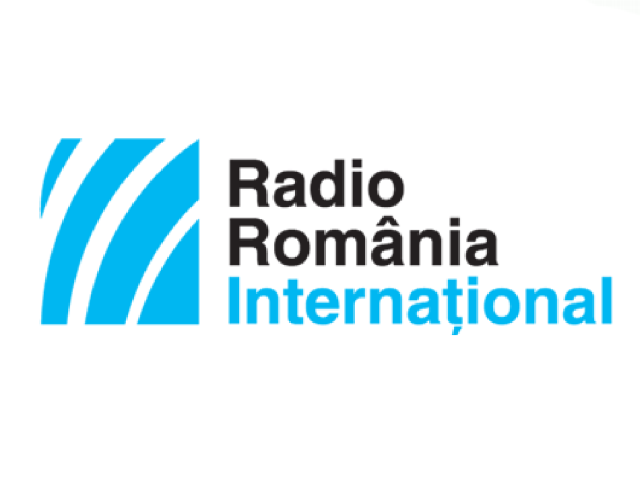
Christine Leșcu, 01.04.2017, 10:52
The year
2017 is marked by two important celebrations that make us think of the past,
when modern Romanian culture was in its early days and still seeking to forge
an identity of its own. Both are linked to Junimea, a cultural group that had
a strong bearing on Romania’s modernization process, beginning with the second
half of the 19th century.
In June
2017, we commemorate 100 years since the death of Titu Maiorescu, the founder
of Junimea, an intellectual and a politician who, criticizing the state of
affairs of his time, set a new trend in Romanian culture. We recall that in
1872, Maiorescu wrote an article with this very title: The New Trend in Romanian Culture.
Maiorescu’s name is closely linked with the Convorbiri literare (Literary
Conversations) Review, which was Junimea’s flagship newspaper, whose maiden
issue was brought out in 1867. The publication had a groundbreaking role in the
literary world and beyond, as it was here that the most relevant works were
published, written by classics of Romanian literature, such as Eminescu,
Creanga, Slavici and Caragiale, as well as works by writers and intellectuals
belonging to the generation that followed that of the great classics. It was
also in the Convorbiri Literare Review that Titu Maiorescu’s famous articles
were published, whereby the famous intellectual called for new standards to be
put in place as regards the writing and reception of literary texts and not
only that. In its first years of existence, the publication was issued in Iasi,
back then the city of residence for most of the aristocrat-intellectuals that
were part of Junimea. The Convorbiri Literare Review was first issued on a fortnightly
basis, and later on turned into a monthly publication.
The poet
Cassian Maria Spiridon is today’s editor-in-chief of the review. He told us a few things about his
illustrious predecessors:
‘Convorbiri Literare’ is a journal that was published at the initiative
of Jacob Negruzzi. In a letter to Conachi in 1865, he wrote about Junimea’s old
Committee, made of Titu Maiorescu, Vasile Pogor, Petre Carp and Iacob Negruzzi,
reconvening and agreeing upon 11 items. At item no.9, Negruzzi suggested
Junimea should have a daily paper of its own, a daily that in time grew into
‘Convorbiri Literare’. The publication of the journal was delayed for about two
years, and it was only on March the 1st, 1867, that the first issue
was published. For the title, Negruzzi suggested ‘Convorbiri Literare’
(Literary Conversations) and then Pogor and Maiorescu told him, ‘you gave the
journal its title, you should be the boss.’
And
that’s how Convorbiri Literare came into being, the journal that even today
is known to have imposed the critical spirit in Romanian culture. The journal’s
heyday lasted from 1867 to 1944. At one point it relocated its offices from
Iasi to Bucharest, yet its spirit remained unaltered. With details on that,
here is Cassian Maria Spiridon once again.
The paper was relocated to Bucharest in 1885, 18 years after being
issued in Iasi on a regular basis. It continued to be published until 1944,
when the Bolsheviks came to power and banned it. The review would once again be
published in 1970 in Iasi, and has since been brought out there,
uninterruptedly. We started preparing for the 150th anniversary of
the journal last year already. We have
managed to publish a corpus of relevant texts, most of them from the so-called
classical period, from 1867 to 1944. Many of the texts are less well-known
stuff, texts authored by such historians as Xenopol or Vasile Parvan.
The
publication of Convorbiri Literare was only interrupted by external causes,
relating to the war. Its longevity does have an explanation, according to the
journal’s editor-in-chief Mircea Platon:
I believe that the secret of this longevity is that Convorbiri
Literare has always been one of Romanian culture’s drivers. It crystallized an
otherwise amorphous cultural content that had existed and manifested sparsely
until 1867, in various publications. At that time it brought to the fore the
idea of a national culture and even that of a country project, which did not
necessarily entail breaking up with the past. ‘Literary Conversations’ hosted
the evocation as well as the publication of previously unpublished stuff by
poet Vasile Alecsandri, who was one of the favorites of the conservatives
grouped around Junimea, or stuff by liberal writer Cezar Bolliac, as well
as pages written by Nicolae Balcescu,
who took part in the 1848 revolution. Even when Junimea veered towards the
conservatives, Jacob Negruzzi continued its editorial policy of national ecumenism,
so to speak. His politics centered on the national interest, it was neither
liberal, nor conservative. And that is why AD Xenopol continued to publish in
Convorbiri Literare even when the trend had become liberal, and that change of
heart was not to Maiorescu’s liking. What’s even more important is the fact
that right from the start there is glaring evidence of the interest of the
people at ‘Convorbiri Literare in the Romanians’ cultural unity through the
publication of several ethnographic articles focusing on traditions and customs
from all the historical provinces
inhabited by Romanians.
At
present, Literary Conversations is brought out in Iasi and is edited by the
Romanian Writers’ Union.

